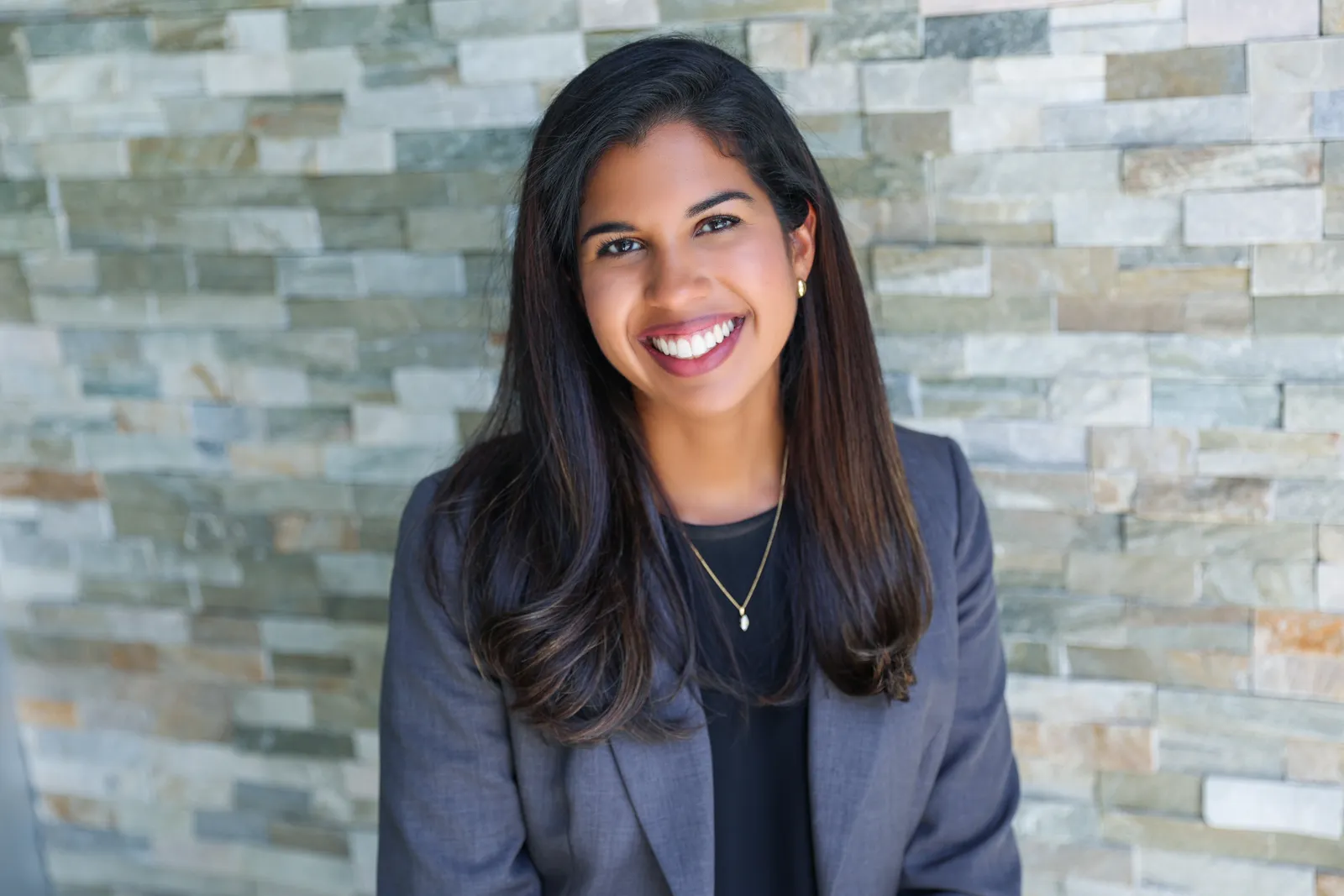In the wide world of biopharma, collaboration is not only important but vital. From Big Pharma partnerships to licensing deals to public-private coalitions, leaders in the biotech realm need to know how to navigate alliances if they want their innovations to see the light of day and, ultimately, reach more patients.
In recent years, this style of teamwork has risen while all-out M&A has fallen to the wayside, as collaboration is a safer prospect in a volatile financial market. Last year, dealmaking in the pharma realm reached a projected value of $132.1 billion, which was higher than most years in the decade, according to a recent report from EY.
And on the other side, with less cash available for biotechs than there was during the investment heyday of the pandemic, smaller companies are more than welcoming the funding that a partnership can bring to their pipelines.
"The best partnerships we have are with preclinical biotech companies who have poured their heart and soul into coming up with amazing therapies, and we can take that innovation to its full potential."

Jason Bock
CEO, CTMC
So, how does a biotech find the right kinds of deals to keep their vision moving forward without sacrificing the culture of scientific innovation that got them started in the first place? We spoke to several biopharma leaders — and potential partners — at the BIO international convention last week about the ingredients of a successful collaboration.
Aligning the vision
Leaders in biotech are aware of the importance of partnering along the way, and the most critical piece of the puzzle is making sure two entities are aligned both on the problems they intend to solve and the outcomes they expect.
"We're always looking for a functional fit, but also a cultural fit in our partnerships," said Lynn Baxter, head of North America at Viiv, a GSK company focused on HIV that entered into a research collaboration with oncology-focused Halozyme in 2021. "Are these companies that can connect and care about what we're doing? Do they feel the work matters as much as we do? We want companies that are passionate and want to work with us."
Understanding the science and having the same vision for how it fits into the treatment landscape is critical for a successful partnership, said Meredith Manning, president of the Americas at PharmaEssentia.
"If the vision isn't aligned, if what you're trying to achieve with an asset isn't shared, then it's not going to work," Manning said. "You're going to constantly have that tug-of-war of what they're trying to accomplish and what you're trying to accomplish."
When the cultures don't align, the partnership becomes hard work to maintain, Baxter said.
"It's harder to be effective together because you're having to explain everything and you don't have that single north star to guide you," Baxter said. "Successful collaborations in my experience often start with core values — then the mission aligns and you can achieve something great."
Boosting cell therapy
Cell therapy has come a long way since Kymriah gained the first-ever U.S. approval in 2017 as a result of a partnership between University of Pennsylvania scientists and pharma giant Novartis. To this day, collaborations are a big part of the cell therapy landscape as a means to overcome everything from a lengthy trial process to manufacturing bottlenecks.
Gilead's cell therapy business Kite earlier this year announced one such partnership with Arcellx, a clinical-stage biotech with a lead candidate for multiple myeloma in phase 2. The plan is to co-develop and co-commercialize the therapy, currently called CART-ddBCMA, highlighting the ways in which an established leader in the space can bring smaller players into the field.

For Arcellx's chief business officer, Aileen Fernandes, aligning incentives and operational strength is the key to successful biopharma matchmaking, especially in the field of cell therapy.
"We spent a lot of time thinking about how to set up a collaboration that drives our lead program. We have the expertise in multiple myeloma, and this is a partnership that complements that," Fernandes said. "We know that Kite is dedicated to cell therapy, that they've invested heavily in their manufacturing capabilities, which is key to a successful therapy, and that they want to invest in thinking about next-generation programs."
Kite boasts "the largest in-house cell therapy manufacturing network in the world" supporting their approved therapies Yescarta and Tecartus, both for lymphoma. That expertise could help scale up Arcellx's earlier candidate for the market, Fernandes said.
Partnerships in cell therapy aren't just between two biopharma companies — because of the difficulties surrounding manufacturing, operational know-how is important throughout the whole development cycle. That’s a key reason behind the joint venture between contract manufacturer Resilience and the University of Texas MD Anderson Cancer Center to accelerate early-stage research. The collaboration, called CTMC, is led by Jason Bock, who spoke about supporting very early science with much-needed manufacturing expertise.
"It's a big challenge for preclinical companies to put together all the logistics and all the science needed to execute an autologous cell therapy clinical study quickly and robustly," Bock said. "Autologous cell therapy is basically the only therapeutic modality where, if you think about it, the supply chain for the manufacturing process begins with the patient."
Because this type of cell therapy requires a patient's own cells at the outset, which are then returned to them after a genetic engineering process, the manufacturing curve is very steep, Bock said.
"It made a lot of sense to me to localize the manufacturing with the patients and at least simplify one step of the supply chain that is very time sensitive," he said.
Like Fernandes, Bock sees a collaboration as more than just a sum of its parts.
"The keys for collaboration are to find synergies and alignment — you both want to do the same thing, but you have different skill sets, and you have to be very intentional about what you both bring to the table," Bock said. "The best partnerships we have are with preclinical biotech companies who have poured their heart and soul into coming up with amazing therapies, and we can take that innovation to its full potential."
Going global with public-private collaboration
Public-private partnerships have long been part of the biopharma playbook. Not only does public funding play an important role in medical research, but pharma companies often find themselves forming ties with governments around the world. Just look at the response to the COVID-19 pandemic — research collaborations between the U.S. government and biopharma bigwigs brought about the quickest vaccine approvals in history.
And some governments around the world are looking to take a bigger step into the biopharma realm. The department of health of the United Arab Emirates' capital Abu Dhabi, for instance, has partnered with pharmas like AstraZeneca and Pfizer to solidify a place in the global health landscape.
Dr. Asma Al Mannaei, executive director of the research and innovation center at the city's department of health, spoke about building clinical trial infrastructure, data generation, manufacturing and distribution in a part of the world that is at the crossroads of Asia, Africa and Europe. With AstraZeneca, for example, the department has focused on innovation in a collaboration with the company's startup networks to bring small companies in the area into the larger international sphere.
"The role of the public institution is to create a complimentary ecosystem for global life sciences — Abu Dhabi is taking its rightful position among the bigger players of the life science industry," Al Mannaei said.



















